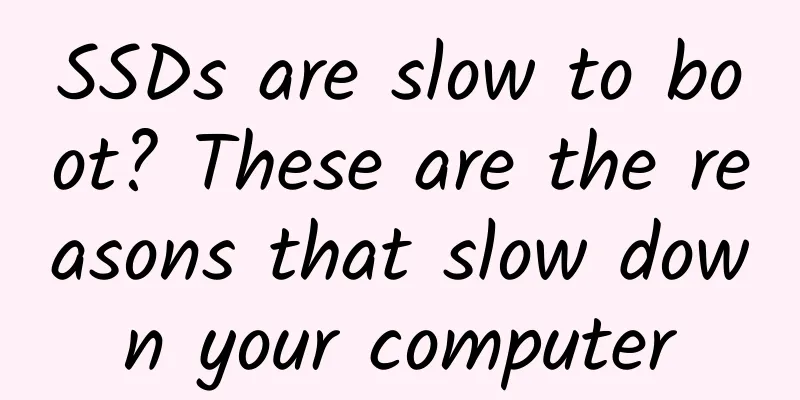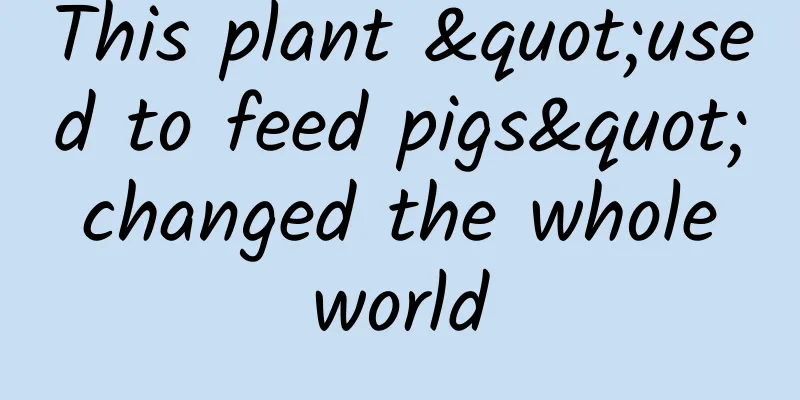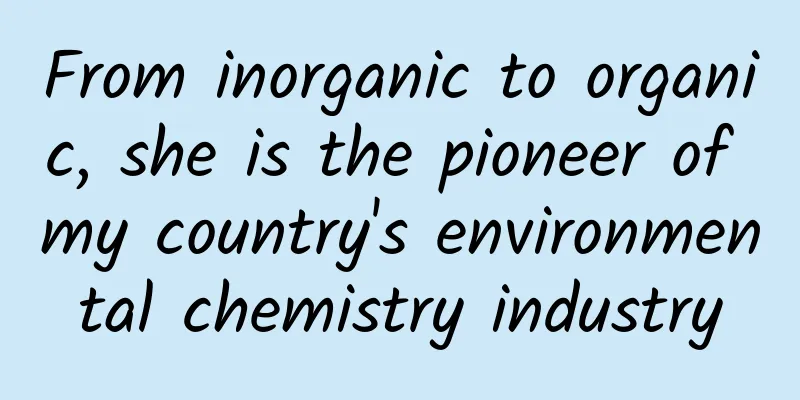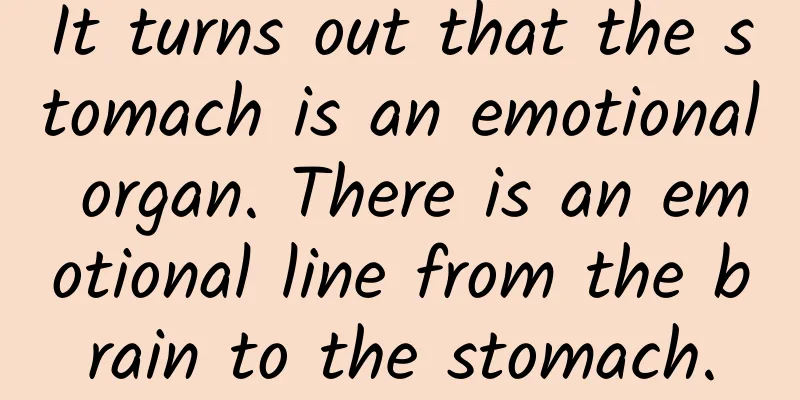Before traveling into space, why not learn some vegetable-growing skills?
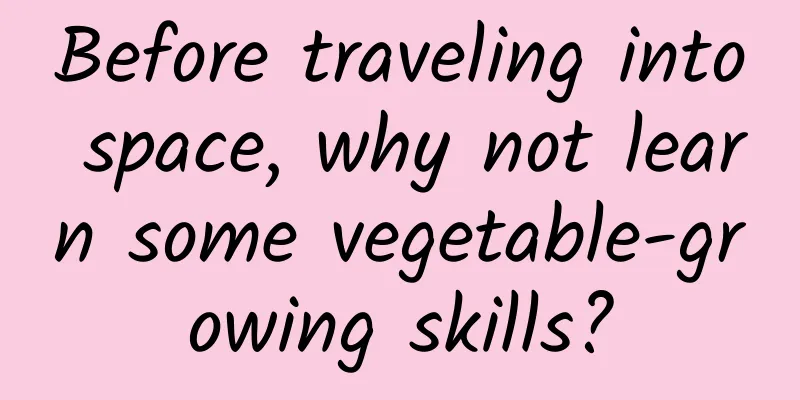
|
CCTV News: From entering the Chinese space station on April 26 to today (May 26), the crew of Shenzhou 18 has been working and living in orbit for a month. They grow vegetables, raise fish, do experiments, measure, clean, and exercise. Their life in space is fulfilling. In the Wentian experimental module, astronaut Li Cong carefully takes care of the green plants. Source: CCTV News The boundaries of space exploration are constantly expanding. From previous space breeding to today's space planting, every step has witnessed the rapid development of human technology and the brave exploration of unknown areas. Space breeding refers to taking some seeds to travel in space, accepting the baptism of the special environment of the universe, producing some mutations, and then planting, cultivating, and selecting after returning to Earth. For example, ordinary plant seeds are placed in the satellite cabin. As the satellite flies in space 200-400 kilometers above the earth, they are affected by strong cosmic rays, microgravity, high vacuum, etc., causing some genetic changes, and may breed super-large pumpkins and bell peppers. But in fact, big is just our stereotype of space breeding crops. Its real purpose is to cultivate high-yield and high-quality new varieties of crops through breeding and trial planting. Because mutations are often random, they may be good or bad. The breeding process generally requires several generations of planting and cultivation, and trial planting in multiple places to ensure the stable inheritance and expression of certain excellent traits, such as short growth, lodging resistance, large ears, and high yields. And the ultimate goal of space breeding is probably not just to focus on the earth, but to build flying farms in the future! Naturally, it is inseparable from growing vegetables and grains on flying farms. The benefits of space planting are obvious. The first is the source of food. After all, the payload that can be brought into space is limited. Not only must the necessary instruments and equipment be carried, but also the launch cost and cost-effectiveness must be considered. It is definitely impossible to carry unlimited food. Even if enough is brought, during long-term space travel or even base construction, the taste and nutritional value of the food will continue to decline due to long storage time. Of course, most of them are canned or freeze-dried foods, and naturally there are very few vitamins. So if you can eat fresh vegetables and fruits during space travel, it would be a blessing! And growing vegetables can just meet these needs, sustainable and fresh! In addition to being food, plants can also produce oxygen and absorb carbon dioxide. In space, these are just as important as eating, or even more important. We know that green plants can convert carbon dioxide and water into organic matter under the irradiation of light and release oxygen, which is photosynthesis. The oxygen produced can be used for astronauts to breathe, and the absorbed carbon dioxide also reduces the pressure of reducing the concentration of carbon dioxide in the cabin through material adsorption. It really kills two birds with one stone! Moreover, the fresh life gradually sprouts, grows, and bears fruit under the careful cultivation of astronauts. This is such a decompression and healing thing. For astronauts who travel for a long time and are far away from Mother Earth, it is really a good job! In order to grow vegetables in space, several necessary conditions for plant growth and development must be met: light, water, and air. How to create stable and necessary light? According to traditional methods, to simulate sunlight in a closed environment and achieve conditions that can stimulate plant growth, 600-1000 watt bulbs are required, but such equipment and methods consume too much power and cannot be achieved in space. As research continues to advance, scientists have discovered that during photosynthesis, not all light in the sunlight plays a necessary role in plant growth, and the red and blue light are extremely important. Therefore, low-energy, adjustable-spectrum LED lights are a good choice, and a light source composed of blue, red, and green LED light-emitting diodes arranged in a proper proportion can be said to be a perfect "little sun" for space planting. Why is there green light? Green light is added to make the visual effect better. The pink color composed of red, blue, and green is more conducive to observing the growth of plants. It is also said that green light can make the fruits of plants look better, and the appearance is better and the appetite is better. In a microgravity environment, how can water be accurately delivered to the roots of plants to ensure that they get enough water without being soaked? Scientists have also developed some hydroponic methods to provide water and air to the root zone of plants to help them grow. Looking at our country's planting experience, vermiculite was selected as the cultivation medium. Vermiculite is a mineral with very good water absorption. Water conduction in it is very uniform and is little affected by gravity. It is used to replace the soil when plants grow on the ground, and water, nutrients and air are injected into it as needed to ensure the healthy growth of plants. In addition, vermiculite has a low density and light weight, so it can be easily brought into the sky. It can be seen that growing vegetables is an indispensable skill for future long-term manned space activities and deep space exploration. It also requires more research and experiments to more accurately grasp the laws of plant growth in space, simulate and build a space environment that is more suitable for plant growth, and grow more types and quantities of plants in space capsules, space stations, and even lunar bases and Mars bases to achieve true sustainability! |
<<: Dogs, don’t stay idle at home, take online classes | Nature Trumpet
>>: National Hair Care Day丨If you pull out one grey hair, 10 will grow back? Should you pull it out?
Recommend
LeTV Le 1S vs. Honor Play 5X: Which one is the new benchmark for thousand-yuan mobile phones?
How to achieve the quality of a flagship phone wi...
What is an aggregation page? How to do SEO optimization of aggregation pages?
There is a secret to doing SEO: "Small sites...
Cool! Stunning! Chinese style! Sneak peek——
On September 22, the posters for the Beijing 2022...
Are you worried about not being able to write about the advantages of your product in an interesting way? Use these two tricks, customers will be itchy as soon as they read it
This article is going to talk about copywriting ,...
"The girl was killed because Qvod was blocked" is pure conjecture
Using the murder of a girl as a basis for judging...
After Shanghai is unsealed in 2022, do I need to be quarantined when I return to my hometown? Do I need to be quarantined when traveling to other places after the lockdown is lifted?
According to the latest news released by the Shan...
Yin Gaojie SEO Dugu Jiujian training
Do you want to design and develop a website yours...
Lantu's alliance with Huawei is not only the best choice for both parties, but also an active correction of the HI model
In the new round of cooperation in the field of s...
How much does it cost to customize the Yibin used car mini program? What is the price for customizing the Yibin used car mini program?
The main factors affecting the price of mini prog...
Being afraid of thunder is not a sign of being timid.
Audit expert: Yin Tielun Deputy Chief Physician, ...
Solving the safety issues of ternary lithium, increasing energy density by 9.4%, GAC Aion releases magazine-type battery
The battery pack is the core component of electri...
Is the “four-hour sleep method” reliable? Experts remind →
Recently, Zhang Chaoyang, founder of Sohu, talked...
Count down 8 types of operation tools you must learn
As the saying goes, if you want to do your work w...
Is there any charge for making 400 calls? How are 400 calls charged?
Is there any charge for making 400 calls? How are...
